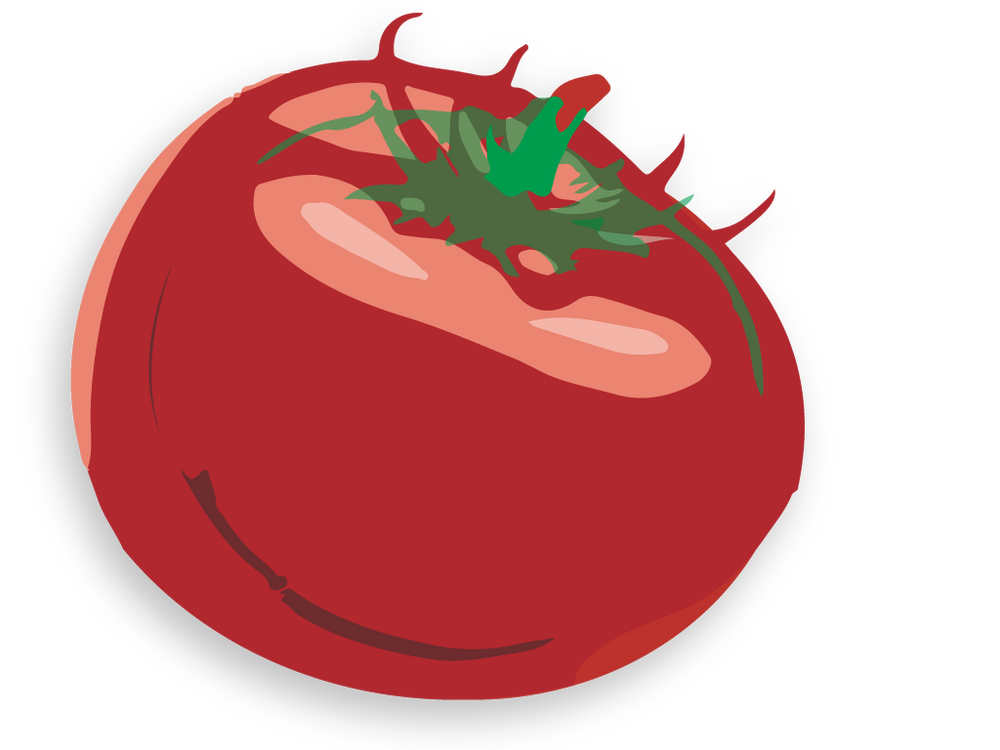8 Common Types of Cooking Oils and When to Use Them

If you're unsure where to start, we've made you a quick cheat sheet for cooking oils. We're telling you what makes an ideal option, 8 standard options, and when to use them. Refer to this when you're at a loss of which oil to use.
What Makes an Ideal Cooking Oil: Smoking Point and Flavor
Smoking Point
The ideal cooking oil relies mainly on one thing: which cooking method you plan on using it for. An oil's smoking point, or the temperature at which it starts to visibly produce smoke, is one of the most important things to consider. Smoking points vary from oil to oil. Oils like avocado or canola, for instance, can withstand intense temperatures from 400°F and up, whereas flaxseed or walnut oil cannot. Regardless, it's always crucial to stay within an oil's particular smoking limit.It won't only preserve the taste of your food—it also maintains the integrity of the oil you are using. Scorched oils release an unpleasant aroma that comes from a chemical known as acrolein. In other words, this makes the oil—and whatever's cooking in it—taste funky. Not only that, acrolein is toxic to our cells. Whether consumed or inhaled while cooking, it's shown that the stuff takes a toll on the airways of seasoned and casual cooks alike over the long run.
Flavor
Another factor most people consider in cooking oil is flavor. Many chemically refined oils, like canola or other veggie oils, are virtually flavorless. Partly refined or unrefined oils, including olive, coconut, and sesame oil, often retain their source's flavor. When picking an oil in terms of taste, it's usually a matter of what you're cooking. You'll want an oil with a mild flavor—or a lack thereof—for specific recipes. Other recipes might call for an oil with a particular taste profile.
With these two factors in mind, we listed 8 of the common types of cooking to use. In the list, we've included their smoking points, as well as our suggestions of when to use them. Just remember, the figures listed underneath the smoking points may vary according to an oil's refinement level, production process, and other factors—so memorizing them isn't a requirement. Still, it's useful to know which oil to use for whatever you're cooking. The quick list ahead!
8 Common Types of Cooking Oils—& When to Use Them
Avocado Oil
Smoke Point: Refined 520°F
From the flesh of fresh avocados comes avocado oil: a mild oil with a slight nuttiness reminiscent of walnuts. Its impressive smoking point makes it suitable for a wide variety of cooking methods, including sautéing, roasting, and frying.
Perfect for: Sautéing, roasting, frying
Canola Oil
Smoke Point: Unrefined 225°F, Refined 400°F, Expeller Pressed 375-450°F
Canola oil is made from the seed of the rapeseed plant. Like most veggie oils, it's virtually flavorless. This makes it fantastic for recipes where you want other ingredients to stand out without interfering with taste, as it yields a smoke point of up to 450°F.
Perfect for: Searing, sautéing, frying
Coconut Oil
Smoke Point: Unrefined 350°F, Refined 400°F
With its mildly sweet flavor, coconut oil adds a subtle tropical note to any meal. Unlike the virgin option, refined coconut oil can withstand temperatures of up to 400°F. Just use it in moderation, though! This oil contains about 90 percent of saturated fat.
Perfect for: Sautéing or baking
Flaxseed Oil
Smoke Point: Unrefined 225°F
While its smoking point is lower than most others on the list, many people laud flaxseed oil for its nutty taste. This makes it ideal for whisking into vinaigrettes or as a finisher to any meal. Just a little will take you far, as too much can impart a fishy taste to your food.
Perfect for: Whisking into salads
Olive Oil
Smoke Point: Extra Virgin 320-405°F, Virgin 410°F, Refined 390-470°F
Olive oil is pressed from fresh olives, so their flavors can vary from fruity to sweet and peppery. When chemically refined, olive oil loses most of its flavor people love it for, yet its smoking point increases significantly. We're talking up to 470°F.
Perfect for: Sautéeing or mixing into vinaigrettes
Peanut Oil
Smoke Point: Unrefined 320°F, Refined, 450°F
As the name implies, peanut oil carries a nutty flavor. It's ideal for frying, thanks to its smoke point of 450°F. If not frying, its signature flavor works well in Asian-inspired recipes, too. The only catch? Peanut oil turns rancid quickly—store it in a cool place away from light to prolong its life.
Perfect for: Stir-frying, frying, sautéing
Sesame Oil
Smoke Point: Unrefined 350°F, Partially Refined 450°F
Sesame oil's neutral-ish flavor and smoke point of 450°F make it an all-around staple for any type of cooking. If you're in it for the taste, though, you might want to try the oil's toasted cousin, which makes any recipe instantly more flavorful.
Perfect for: Stir-frying or sautéing
Walnut Oil
Smoke Point: Unrefined 320°F
Among the options on this list, walnut oil is one of the most flavorful. The nut oil's rich flavor can jazz up no-cook recipes or add the final touch to food like white fish or steak. Though you might want to avoid putting walnut oil under intense fire, as it can quickly turn the oil acrid.
Perfect for: Salads or no-cook meals
The Cooking Oil We Use for the Root Foods Veggie Chips
We've made it a point to choose the perfect oil to cook our veggie chips. Less sensitive than most options on the shelves, canola is our oil of choice. For any canola nay-sayers, it's worth knowing that it isn't as awful as people think. Contrary to popular opinion, canola oil comes with many upsides!
Canola oil is rich in monounsaturated fats and omega-3s, which supports our tickers and is said to reduce cholesterol levels and mitigate the risk of certain medical conditions. Though to reap the rewards of canola, it's crucial to keep its natural composition intact—and when we make our veggie chips, we like to keep it that way.
When producing our veggie chips, no canola oil is scathed in the process. We use a low-temperature frying method, which prevents unwanted substances from appearing in the final product, and centrifuge any excess oil from the chips. Plus, it makes the veggies' flavors shine, thanks to canola's neutral flavor. You'll taste the full spectrum of options, from savory-sweet tomato to punchy onion, and more. Trust, you'll want to taste it ALL.
The final outcome: a nutritious veggie chip that is full of flavor and none of the additives that are impossible to pronounce. Just pure ingredients that are treated with the same tender loving care we want to offer serial snackers. What's not to love?


